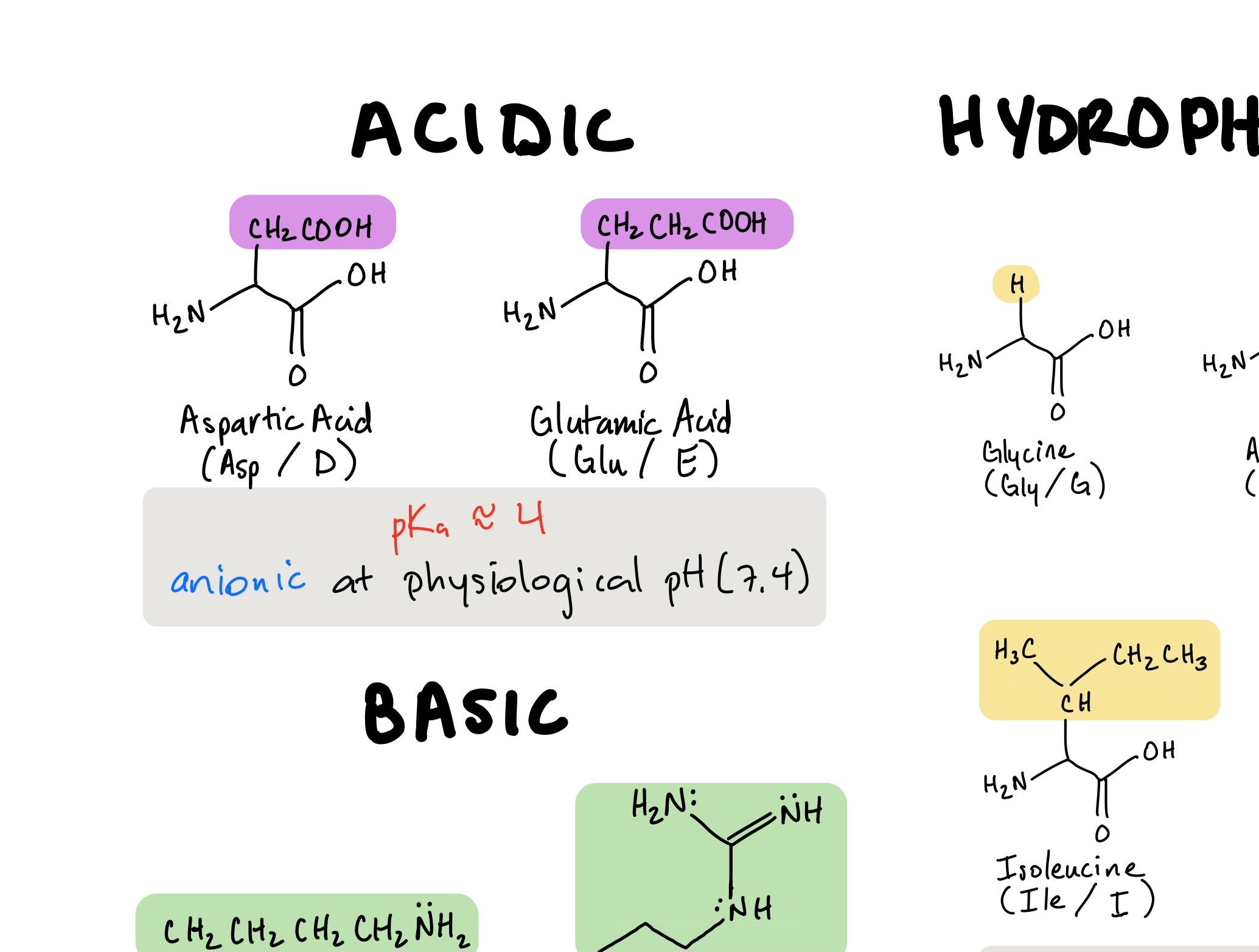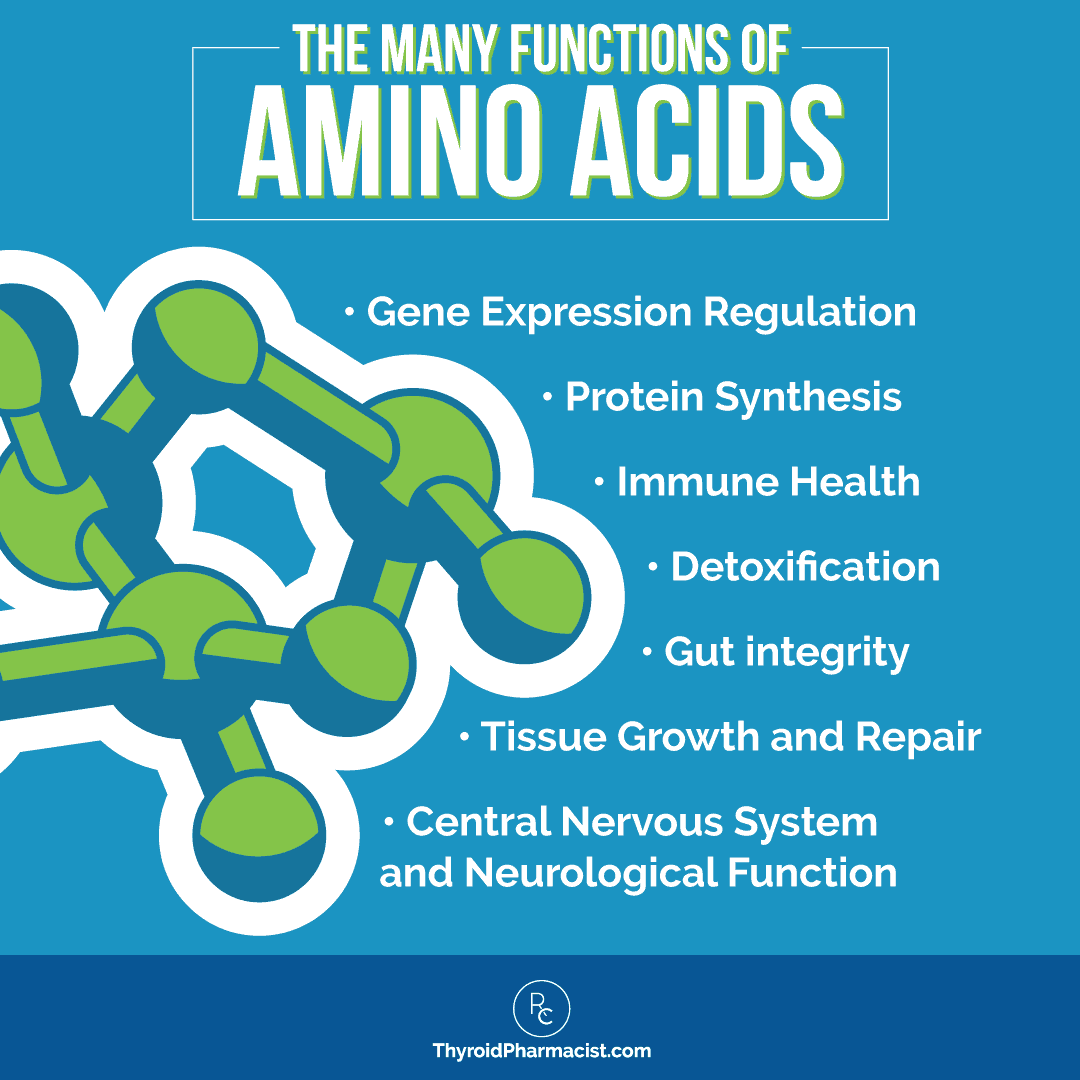
As previously mentioned, polynucleotide phosphorylase joins nucleotides randomly as a result, these artificial RNAs contained random mixtures of the bases in proportion to the amounts of bases mixed. In further experiments to decode the other codons, Nirenberg and his colleagues made artificial RNAs containing defined proportions of two or three different bases. Similar experiments using poly(C) and poly(A) RNAs showed that proline was encoded by the CCC codon, and lysine by the AAA codon. Nirenberg and Matthaei had therefore found that the UUU codon could be translated into the amino acid phenylalanine. Only one tube, the one that had been loaded with the labeled amino acid phenylalanine, yielded a product. Of the 20 tubes, 19 failed to yield a radioactive polypeptide product. Each tube contained one of the 20 amino acids, which were radioactively labeled. These poly(U) RNAs were added to 20 tubes containing components for protein synthesis ( ribosomes, activating enzymes, tRNAs, and other factors).
AMINO SCID SERIES
Each poly(U) RNA thus contained a pure series of UUU codons, assuming a triplet code. Specifically, they added polynucleotide phosphorylase to a solution of pure uracil (U), such that the enzyme would generate RNA molecules consisting entirely of a sequence of U's these molecules were known as poly(U) RNAs. Nirenberg and Matthaei began with the simplest codes possible. To do this, they used the enzyme polynucleotide phosphorylase, which randomly joins together any RNA nucleotides that it finds. Matthaei (1962) made their own simple, artificial mRNA and identified the polypeptide product that was encoded by it. To circumvent this challenge, Marshall W. However, at the time when this decoding project was conducted, researchers did not yet have the benefit of modern sequencing techniques.

AMINO SCID CODE
Then, comparison of the original mRNA sequence with the amino acid sequence of the synthesized protein could provide a means for directly decoding the genetic code (Figure 1). The simplest way to decipher the code would be to start with an mRNA molecule of known sequence, use it to direct the synthesis of a protein, and then determine the amino acid sequence of the synthesized protein. Once the budding molecular biology community was convinced about the triplet code, the race to decode which triplets specified which amino acids began.

This rescue effect provided compelling evidence that the genetic code for one amino acid is indeed a three-base, or triplet, code. However, some mutant strains became functional again when they accumulated a total of three extra nucleotides or when they were missing three nucleotides.

Mutant proteins with two- or four-nucleotide insertions or deletions were also nonfunctional. The production of defective proteins under these circumstances can be attributed to misdirected translation. The presence of proflavine in a DNA molecule thus interferes with the molecule's replication such that the resultant DNA copy has a base inserted or deleted.Ĭrick and Brenner showed that proflavine-mutated bacteriophages (viruses that infect bacteria) with single-base insertion or deletion mutations did not produce functional copies of the protein encoded by the mutated gene. For example, the mutagen proflavine causes frameshift mutations by inserting itself between DNA bases. Frameshift mutations are much more disruptive to the genetic code than simple base substitutions, because they involve a base insertion or deletion, thus changing the number of bases and their positions in a gene.

This experiment examined the effect of frameshift mutations on protein synthesis. Preliminary evidence indicating that the genetic code was indeed a triplet code came from an experiment by Francis Crick and Sydney Brenner (1961). Either these "extra" codons produce redundancy, with multiple codons encoding the same amino acid, or there must instead be numerous dead-end codons that are not linked to any amino acid. Thus, a triplet code introduces the problem of there being more than three times the number of codons than amino acids. However, a triplet code produces 64 (4 3 = 64) possible combinations, or codons. Thus, the smallest combination of four bases that could encode all 20 amino acids would be a triplet code. In fact, even two nucleotides per amino acid (a doublet code) could not account for 20 amino acids (with four bases and a doublet code, there would only be 16 possible combinations ). The discordance between the number of nucleic acid bases and the number of amino acids immediately eliminates the possibility of a code of one base per amino acid.


 0 kommentar(er)
0 kommentar(er)
